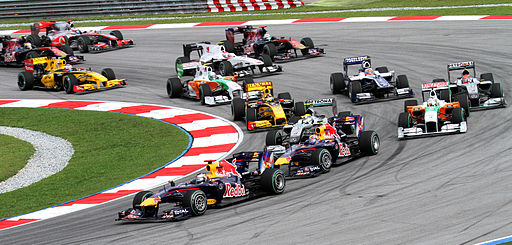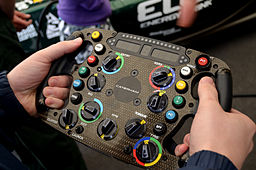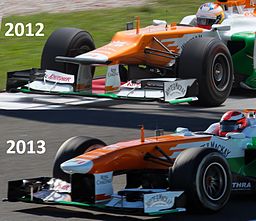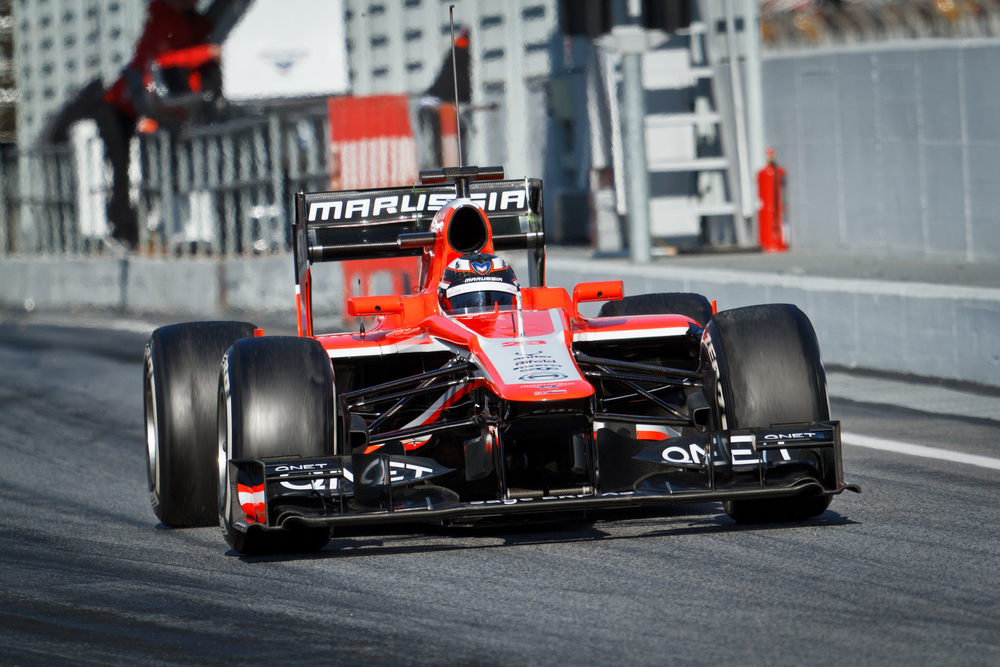
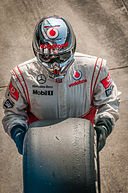 On June 20, 2013, Formula One’s internal judicial system will convene in Paris to decide whether Mercedes and Pirelli violated the racing body’s governing agreements by conducting secretive tire testing last month. Mercedes and Pirelli claim the safety-related tests were authorized by the contract establishing Pirelli as Formula One’s exclusive tire supplier, but Mercedes’ F1 rivals claim the tests provided Mercedes with an unfair competitive advantage. This case provides some insight into the development and importance of trade secrets in an industry where fierce competition, rapidly-changing technology, and billions at stake make trade secret protection vital but often difficult.
On June 20, 2013, Formula One’s internal judicial system will convene in Paris to decide whether Mercedes and Pirelli violated the racing body’s governing agreements by conducting secretive tire testing last month. Mercedes and Pirelli claim the safety-related tests were authorized by the contract establishing Pirelli as Formula One’s exclusive tire supplier, but Mercedes’ F1 rivals claim the tests provided Mercedes with an unfair competitive advantage. This case provides some insight into the development and importance of trade secrets in an industry where fierce competition, rapidly-changing technology, and billions at stake make trade secret protection vital but often difficult.
Despite F1 teams’ shared interests in controlling costs, maximizing revenue, and promoting a common culture, Formula One is composed of a group of competing businesses out to win races, sponsorships, and prize money. So it’s no surprise that many teams push the envelope of what is permissible under Formula One’s governing documents in pursuit of speed, cash, and glory. As Le Mans legend Carroll Smith famously stated: “In any given racing series I will not start the cheating. If someone else starts it, I will appeal to them and to the officials to stop it. If my efforts do not succeed, then I’ll show them how it is done.”
La Fédération Internationale de l’Automobile, or FIA, is the governing body of Formula One. It has an internal judicial system comprising an International Tribunal and an International Court of Appeal. FIA courts adjudicate issues ranging from trade secret disputes to interpretation and enforcement of racing regulations, and have jurisdiction to penalize teams on and off the track.
Since 2009, FIA has imposed stringent restrictions on in-season testing pursuant to cost-cutting provisions set forth in the latest iteration of the Concorde Agreement, the confidential contract governing the relationship among Formula One teams. Critics charge that the recent Pirelli tests violated FIA testing regulations as well as standards of conduct set forth in the Concorde Agreement. The Red Bull and Ferrari F1 teams lodged formal protests regarding the Pirelli tests ahead of last month’s Monaco Grand Prix, which Mercedes’ Nico Rosberg went on to win after claiming pole-position in qualifying.
Because subtle innovations can yield tremendous advantages in a sport where lap times are measured in milliseconds, test data is one of the most coveted assets in Formula One. Formula One cars carry an array of sensors capable of capturing approximately 1.5 billion samples of data per grand prix. This data is then scoured by some of the world’s fastest supercomputers (the Lotus F1 Team’s supercomputer boasts 38 trillion calculations per second) and best automotive minds. The 1,000 kilometers-worth of testing performed by Mercedes last month is roughly equivalent to the length of five grand prix, arguably giving Mercedes a significant information advantage over the field.
FIA’s impending inquiry into the Pirelli tests highlights the unique paradigm for innovation and trade secret development presented by Formula One racing. Under the auspices of the Concorde Agreement and FIA regulations designed to establish competitive parity, each team strives to develop new designs and technology in hopes of solidifying a place in the winner’s circle. Formula One is often portrayed as a best-practice example of how community, trust, knowledge-spill over, and common conventions facilitate rapid innovation, despite the prevalence of “legal spying” that occurs in an industry valued by some at $9 billion. Bitter rivals on the track, business partners in the board room, Formula One teams compete fiercely while simultaneously pursing their common goal of keeping the sport profitable.
At a press conference prior to the Canadian Grand Prix, Mercedes team principal Ross Brawn took issue with the characterization of the Pirelli tests as “secret” (he prefers the term “private”). Brawn’s comments have some measure of merit: as many commentators have noted, it’s pretty hard to keep a secret in the world of Formula One. Teams pay photographers for close-ups of rival cars, and little escapes the watchful eyes of the team mechanics and “truckies” who set up mobile team nerve centers every race weekend.
Although trade secrets are paramount at the pinnacle of motorsport, the pace of innovation, employee mobility, the opportunity to directly observe competitors in close quarters during race weekends, and media scrutiny of design innovations make it difficult to protect team secrets. For example, in one FIA decision, a panel of arbitrators deemed the exact increase in a Ferrari Formula One car’s wheelbase to be in the public domain because of public visibility of the car. Nevertheless, some teams have been successful in protecting their trade secrets through judicial proceedings. Last year, the Force India team successfully prosecuted a trade secrets action arising out of misappropriation of CAD files related to aerodynamic testing of its car, and in 2007, FIA fined Vodafone McLaren Mercedes $100 million for possessing confidential technical data misappropriated from Ferrari.
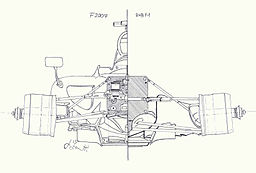 The range of penalties Mercedes and Pirelli face is unclear (as is the scope of FIA’s jurisdiction over non-competitor Pirelli), but a decision is expected within the next few weeks. FIA’s actions could impact Pirelli’s desire to continue its relationship with FIA, which is in the midst of protracted negotiations with the Formula One Teams Association regarding the next Concorde Agreement. The last Concorde Agreement expired last year, creating questions about the current scope of FIA’s rule-making authority.
The range of penalties Mercedes and Pirelli face is unclear (as is the scope of FIA’s jurisdiction over non-competitor Pirelli), but a decision is expected within the next few weeks. FIA’s actions could impact Pirelli’s desire to continue its relationship with FIA, which is in the midst of protracted negotiations with the Formula One Teams Association regarding the next Concorde Agreement. The last Concorde Agreement expired last year, creating questions about the current scope of FIA’s rule-making authority.
Whatever the outcome, the next few years promise to be an exciting and innovative time as the sport moves to a new turbo-V6 engine for 2014 in an effort to improve power and efficiency while using less fuel. With any luck, some of the technology forged in the next grand prix will end up in a driveway near you in the not-so-distant future.
All F1 images courtesy of WikiMedia Commons


